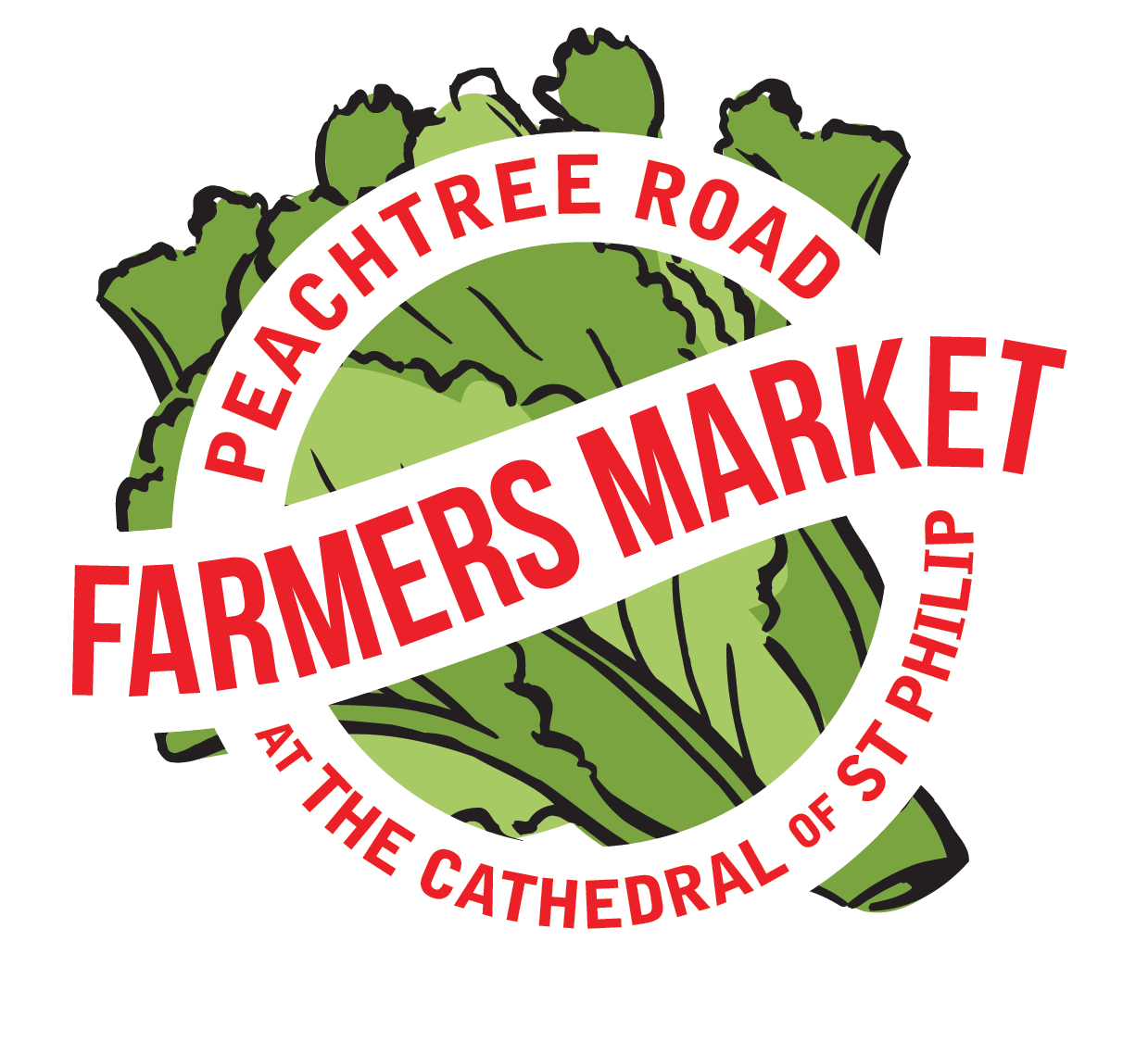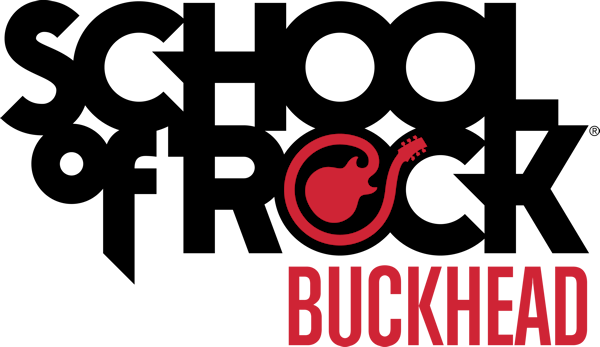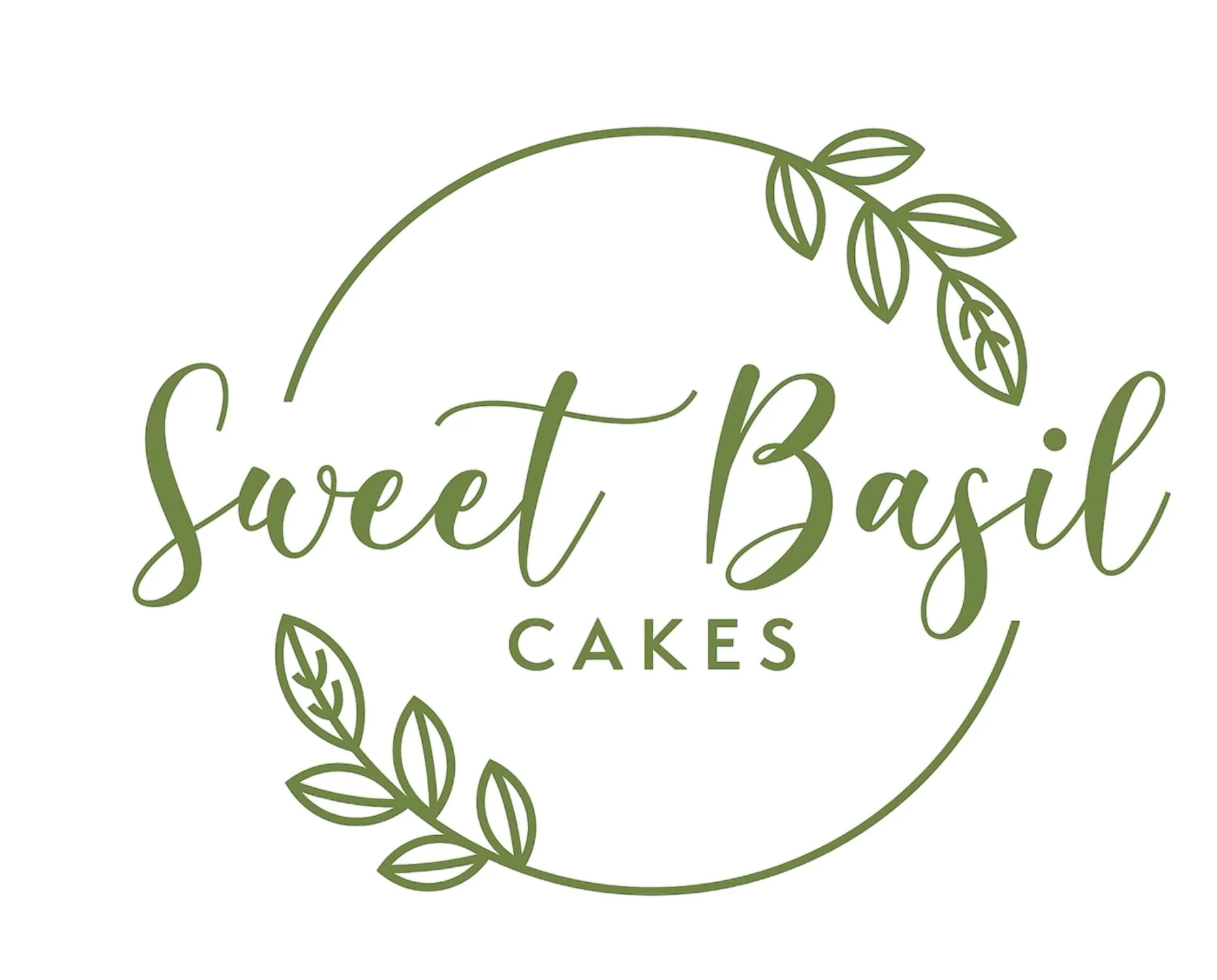Ingredients
12 cups of blackberries (= 3 lbs.) (purchase 6 pints)
3 cups sugar (= 1.5 lbs.)
5 T. bottled lemon juice
1 green apple, cut into quarters around the core (discard the seeds and core)
Several stalks of lemon verbena, cut 6-8 inches long (optional)
- Place 2 small plates in the freezer for testing the jam later. Sterilize your jars and have them ready in the hot canning pot. Have clean rings and lids ready to go into a small pot of water.
- Briefly rinse and drain the blackberries, then place into a wide, large, nonreactive heavy bottomed pan – it is fine for the berries to still have some water on them. Stir in the sugar and lemon juice. Bring rapidly to a hard boil, stirring to crush the blackberries to release their flavor. Bruise the stalks of lemon verbena to release their flavor, then add to the liquid mixture. Bring to a steady boil.
- Step to take if you want seedless blackberry jam (omit if you are fine with seeds): When the blackberries are soft from the boiling, remove from the heat and pour the mixture into a chinois or colander to strain, extracting the liquid into a bowl and retaining the pulp with the seeds and lemongrass stalks. Return the liquid to a clean pot and return to a boil.)
- Add the quartered green apple and boil for 20-30 minutes or as long as it takes until the mixture has thickened. Stir frequently and watch the mixture to be sure the jam is not sticking to the bottom of the pan. Skim to remove any excess foam. As the jam thickens and you think it is ready, remove the quartered apple pieces.
- As you are working on the jam mixture, bring the water in the pot for the lids and rings to a simmer, not a boil.
- At 221 degrees there will be a proper gel or you can use the plate test to check the set. Remove a plate from the freezer and drop a spoonful of the liquid syrup onto it. Put in the freezer for two minutes, then gently press the edge of the liquid syrup with your finger. If it wrinkles, it is ready. If not, return to a boil for 2 more minutes and then check again, using the second plate.
- When the jam passes the plate test/reaches 221 degrees, remove from heat and
prepare to fill the jars. - Remove the jars and lids/rings from their respective pots and place on folded towels. Place your funnel into the jar and ladle the hot jam into it, leaving ¼ inch headspace. Use a bubble remover around the edge of the jars to remove air bubbles. Use a moistened rag to rub the top rim and sides of the jar to be sure it is clean. Place the lid on top of the jar and then twist on the ring (but not too tight – just a nice, sensible twist).
- Place the jars into the boiling water of the canning pot. The water should cover the jars by at least one inch. Bring the water to a boil again and process for ten minutes at a steady, simmering boil. After that, let the jars sit in the water for five minutes. Then remove the jars from the pot and place on folded towels (preferably on a tray, so that you can move them if you wish). Do not disturb for 12 hours, then check to see if the lids have sealed by pressing down on the center of the lid. It should not move, which indicates a proper seal. If it does push down and pops back up, it did not seal properly and the jar should be refrigerated immediately.
- Use a method to label and date your jars – either a sticker or use a permanent marker to write it on the lid. Use within one year.
Yield: about 4 four ounce jars or 2 half pints, if you make seedless blackberry jam. If you skip the seedless step, it will make more jam, with a yield of about 6 four ounce jars.
Contact Martha at info@preservingplace.com or (404) 242-9265 if you have questions about canning or interest in Preserving Place. We are hiring a cook and retail sales clerks with the positions posted on www.goodfoodjobs.com. You will find us on Facebook and Twitter (preservingplc). The webpage is coming at www.preservingplace.com. If you want to teach a class or have a group that would like to book the space, let us know.
Martha holds a certificate from the Better Process Control School from the University of Georgia College of Agricultural and Environmental Sciences, Department of Food Science and Technology, which is prescribed by the US Food and Drug Administration and the USDA Food Safety and Inspection Service.























